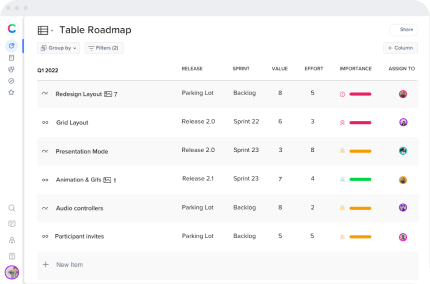What is the fatal two percent rule?
Definition of the Fatal Two Percent Rule
When it comes to strategic organization planning, the fatal 2 percent rule is a decision-making method that you can use in various situations. According to the ‘rule,’ companies can set a standard for success or failure by achieving just 2 percent of the overall market share for their effort, idea, or product.’ Achieving this goal is regarded as a success by the company in question. On the other hand, failure to fulfill this 2 percent target can, and most likely will, result in the company’s demise.
As a result, business planning and early strategy are contingent on identifying whether or not a growing firm or venture will be able to meet this revenue growth target of 2 percent in its first year of operation.
So, what is the best way to go about it? A SWOT analysis (which considers the company’s strengths, weaknesses, opportunities, and threats) is an excellent place to start.
How to Conduct a SWOT analysis
SWOT stands for Strengths, Weaknesses, Opportunities, and Threats. A SWOT Analysis is one of the most widely used methods for evaluating a company’s internal and external environments, and it is part of the strategic planning process. You can also perform a SWOT analysis on a product, location, industry, or individual. It aids strategic planning and decision-making by introducing opportunities to the organization and serving as a forward-looking bridge to creating strategic options.
One of the primary goals of a SWOT analysis is to take an in-depth look at every element of a company and determine where it shines, where it is weakest, what opportunities it can take advantage of, and what dangers or hurdles it may face in the future.
A group of people often carries out a SWOT analysis from several parts of the business. Each represents distinct perspectives, insights, and opinions from a different part of the organization. The SWOT analysis method is taking stock and identifying components for each of the four SWOT categories, then combining them in a four-square analysis template that lists everything in priority order for each category.
Attempting to transform the organization’s weaknesses, threats, and barriers into opportunities or strengths should be part of the SWOT analysis process. What can you do, for example, if you anticipate a shift in consumer demand in the coming months? What can you do to widen your offering and meet new needs?
Questions to ask when doing a SWOT Analysis
When creating a SWOT analysis, here are some questions you may ask your team. These questions can aid in the explanation of each part as well as stimulate creative thinking.
- Strengths: Your company’s strengths are internal, favorable characteristics. These are things that you can control.
- What are the most successful and effective business processes?
- What are the strengths of your teams? What calculabe assets do you have, such as clients, equipment, technology, money, and patents?
- What are your competitive advantages over the competition?
- Weaknesses: Weaknesses are flaws that subtract from your strengths. These are areas where you may need to improve to stay competitive.
- Is there anything your organization needs to be more competitive?
- What business procedures do you think merit improvement?
- Do you require any tangible assets, such as money or equipment, for your business?
- Opportunities: External aspects in your business environment that are likely to contribute to your success are known as opportunities.
- Is your market growing, and are there any trends that suggest customer feedback may want to purchase more of what you’re offering?
- Are there any upcoming events that your brand may take advantage of to help it grow?
- Are there any anticipated regulatory changes that could positively influence your business?
- Threats: External elements over which you have no control are referred to as threats. You might wish to consider developing contingency plans for coping with them if they arise.
- Do you foresee any possible competitors entering your market?
- Will your suppliers always be able to provide you with the raw materials you require at the pricing you want?
- Is it possible that technological advancements in the future will alter the way you do business?
- Are there any market trends that you think could become a problem?
Pivoting and adapting to external and internal changes is a critical component of an agile approach. It will also help you win and maintain that critical 2 percent market share – the deadly 2 percent rule – that is important for survival and growth.


